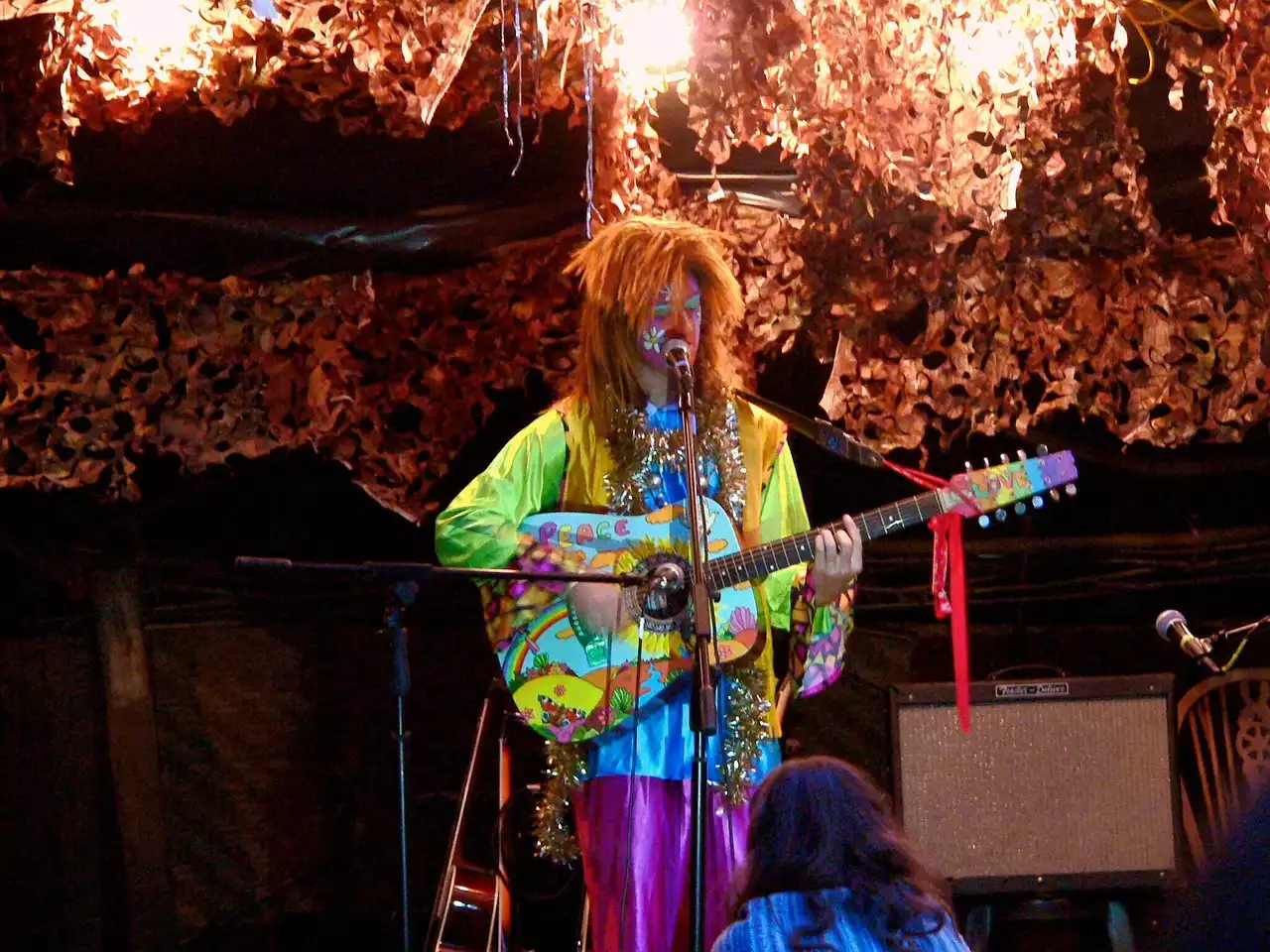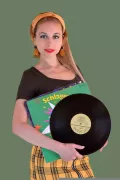From the birth of rock and roll in the 1950s to the Woodstock Music Festival in 1969, music had a strong influence on drug use. The use of drugs such as marijuana, LSD, and cocaine soared during this time period. Musicians were often seen as idols for youth because of their fame and connection with fans. Because so many famous musicians used drugs at that time, it made them appear cool or trendy to young people. As a result, more teens began using these drugs as well. However, not all musicians used drugs because they wanted to be cool or popular with their fans. Some did so because they struggled with addiction and other personal issues that led to drug use. This article explores how music was connected to the rise of drugs in the 1960s, including examples of famous musicians who struggled with addiction related to drugs and why they became widespread at that time.
Marijuana Use in the 1960s
Marijuana was one of the most common drugs used in the 1960s, particularly among musicians. As the decade began, marijuana was not considered a dangerous drug. It was not yet illegal to use or possess marijuana, and many people felt that it was non-addictive and caused no harm. However, many people were misinformed about the dangers of marijuana and its potential for addiction. At the time, there was also little knowledge about how chemicals in marijuana affected the brain. As a result, more people began using marijuana and abusing it, leading to a rise in marijuana addiction. The connection between drugs and music was apparent with marijuana use. It was often smoked in joints and had a strong, distinctive scent, which made it easy to smell when it was used. Because marijuana was connected to music, people who used it often listened to music while high.
Is weed from the 1960s different than today's? ☮️
11 Songs About Smoking Marijuana
LSD Usage in the 1960s
The drug LSD was first discovered in the 1950s, but its popularity and use surged in the 1960s. It was a common drug among musicians who used it to enhance creativity and promote self-awareness. It was also often used during music festivals, concerts, and parties. People who used LSD often took the drug in tab form or by placing it on their tongue or putting it on other foods, such as apples. It was also possible to take LSD through a drink, such as a milkshake or a soft drink. With LSD, users might experience hallucinations and delusions, or they might have a heightened sense of awareness and creativity. It was also possible to experience a bad trip while taking LSD, meaning users experienced frightening thoughts and images, extreme anxiety, paranoia, confusion, and restlessness.
How much LSD did The Beatles do in the 1960s?
Carlos Santana Pops LSD at WoodStock
Cocaine Usage in the 1960s
Cocaine was a common drug among musicians, particularly those who worked in jazz music and played the piano. Musicians used cocaine to keep going while they had long, busy work days and to deal with the stress of performing on stage. Cocaine was extremely addictive, and many musicians began to struggle with addiction to the drug. Cocaine was often taken in a powder form and inhaled through the nose or rubbed on the gums. It could also be made into a liquid form that could be injected or swallowed. Cocaine caused a short but intense high and produced a feeling of euphoria, or extreme happiness. Drug users often experienced feelings of restlessness, hyperactivity, and paranoia, which could last for several days.
Gary Bartz Talks About Drug Use Among Jazz Greats
Woodstock Music Festival and Drug Culture
The Woodstock Music Festival, which took place in 1969, is often referred to as the birth of the “counterculture.” It was a music festival that was intended to be “three days of peace and music in the middle of a New York summer.” Hundreds of thousands of young people from across the country traveled to the festival, and many of them brought drugs and alcohol with them. The festival was held on a farm in Upstate New York that was about the size of a football field. It was far from nearby cities, making it difficult for the police to have full control over the event. The organizers of the Woodstock Music Festival expected around 200,000 people to show up. However, they were overwhelmed by the number of attendees: around 400,000 people showed up at the festival. This large group of people created a “drug culture” that made the event notorious.
TRIPPING AT A FESTIVAL
Conclusion
Drug use in the 1960s was very common among musicians, particularly those who played rock and roll. Marijuana, LSD, and cocaine were the most common drugs used during this time period. The Woodstock Music Festival is often seen as a turning point in the drug culture of the 1960s. During this time, rock and roll was a popular genre of music among youth. Many famous musicians and bands, including the Beatles, the Rolling Stones, and Bob Dylan, made their start during this decade. Because rock and roll was such a powerful type of music, it had a strong influence on the rise of drugs in the 1960s.


 Sterling Hayden - Legendary Movie Star
Sterling Hayden - Legendary Movie Star
 Eat fruit and Vegetables with Each Meal
Eat fruit and Vegetables with Each Meal
 Visiting Victoria Falls and the Zambezi River
Visiting Victoria Falls and the Zambezi River From Love to Revolution: Exploring the Meaning Behind The Beatles' Top Songs
From Love to Revolution: Exploring the Meaning Behind The Beatles' Top Songs Bob Marley's Final Message
Bob Marley's Final Message Legends of Folk Music
Legends of Folk Music 20 60s Love Songs
20 60s Love Songs Top No. 1 Hits that Defined the 1960s Music
Top No. 1 Hits that Defined the 1960s Music Pop Culture and Fashion in the Sixties
Pop Culture and Fashion in the Sixties Different Styles of Contemporary Music in the 1960s
Different Styles of Contemporary Music in the 1960s All about the Birth of Pop Music in the 1960s
All about the Birth of Pop Music in the 1960s Music and Evolution in the 1960s
Music and Evolution in the 1960s